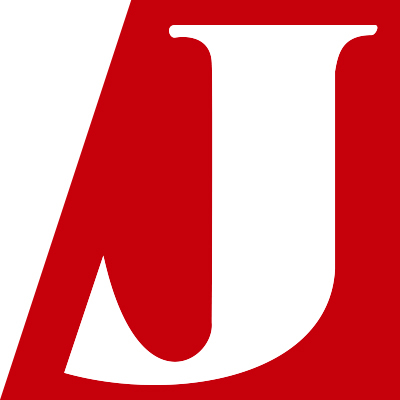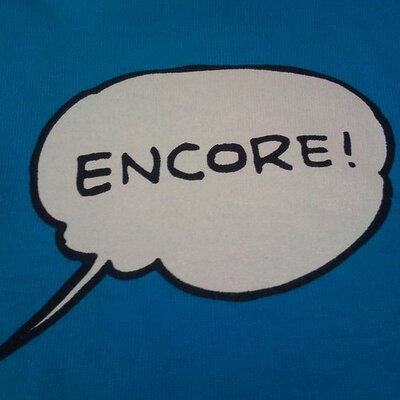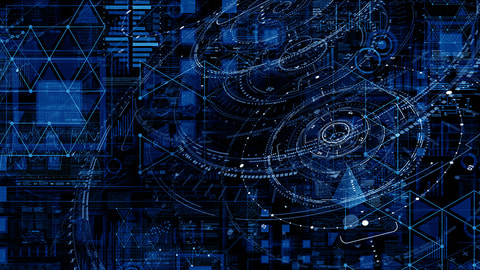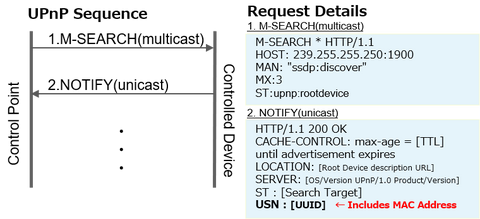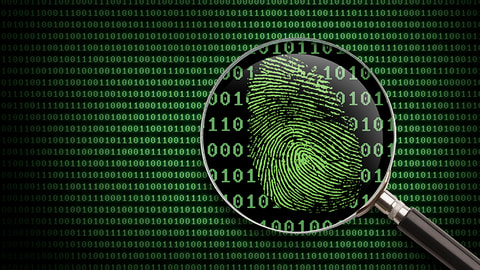In recent sophisticated cyber attacks, it is common to observe lateral movement, where a malware- infected device is used as a stepping stone and further compromise other devices in the network. In order to investigate the compromised devices, it is necessary to retain detailed logs of the applications that run on the device on a daily basis. One of the well-known tools for this purpose is Sysmon [1] from Microsoft,...
-
-
JPCERT/CC has observed some Japanese organisations being affected by cyber attacks leveraging “Cobalt Strike” since around July 2017. It is a commercial product that simulates targeted attacks [1], often used for incident handling exercises, and likewise it is an easy-to-use tool for attackers. Reports from LAC [2] and FireEye [3] describe details on Cobalt Strike and actors who conduct attacks using this tool. Cobalt Strike is delivered via a decoy...
-
Some malware is designed to run on multiple platforms, and most commonly they are written in Java. For example, Adwind malware (introduced in a past article) is written in Java, and it runs on Windows and other OS. Golang is another programming language, and it is used for Mirai controller, which infects Linux systems. This article introduces the behaviour of WellMess malware based on our observation. It is a type...
-
In a past article, we introduced TSCookie, malware which seems to be used by BlackTech[1]. It has been revealed that this actor also uses another type of malware “PLEAD”. (“PLEAD” is referred to both as a name of malware including TSCookie and its attack campaign [2]. In this article, we refer to “PLEAD” as a type malware apart from TSCookie.) PLEAD has two kinds – RAT (Remote Access Tool) and...
-
Today, I would like to introduce an activity at the Vulnerability Coordination Group of JPCERT/CC.It is a method to describe a vulnerability using Vulnerability Description Ontology (VDO). JPCERT/CC receives software vulnerability information from domestic and overseas reporters, then coordinates them in between the vendor/developer and the reporter. While there is a vulnerability reporting template, vulnerability itself is described in a free format. Reporter can describe about a vulnerability in a...
-
JPCERT/CC has been coordinating and disclosing software vulnerabilities under the "Information Security Early Warning Partnership" since 2004. We have coordinated and disclosed over 1,500 vulnerabilities with developers as of the end of 2017. The "Information Security Early Warning Partnership" has a guideline that serves as a framework for how vulnerabilities are coordinated within Japan. An overview of the framework including how reported vulnerabilities are coordinated and disclosed is provided at...
-
Around 17 January 2018, there were some reports on the social media about malicious emails purporting to be from Ministry of Education, Culture, Sports, Science and Technology of Japan [1]. This email contains a URL leading to a malware called “TSCookie”. (Trend Micro calls it “PLEAD” malware [2]. Since PLEAD is also referred to as an attack campaign, we call this malware TSCookie in this article.) TSCookie has been observed...
-
As it has been discussed in some reports from security researchers, devices infected with Mirai and its variants are forming large-scale botnets, which are often leveraged as a platform for attacks such as DDoS and other malicious activities. JPCERT/CC has been conducting investigation and analysis of infection activities caused by Mirai variants from 2016 and providing measures to prevent further infection both in Japan and overseas. At the end of...
-
In the recent article, we introduced the concept and the use of "LogonTracer", a tool to support Windows event log analysis. This article presents how unauthorised logon attempts can be identified using this tool. Please refer to the Wiki for LogonTracer installation. Points for Investigation LogonTracer serves as a tool to support the log analysis rather than to detect unauthorised logon itself. For an effective investigation using this tool, we...
-
In June 2017, JPCERT/CC released a report “Detecting Lateral Movement through Tracking Event Logs” on tools and commands that are likely used by attackers in lateral movement, and traces that are left on Windows OS as a result of such tool/command execution. After the release, we received a lot of feedback on the report, and until now we had been working on the revision based on the comments. Today, we...


